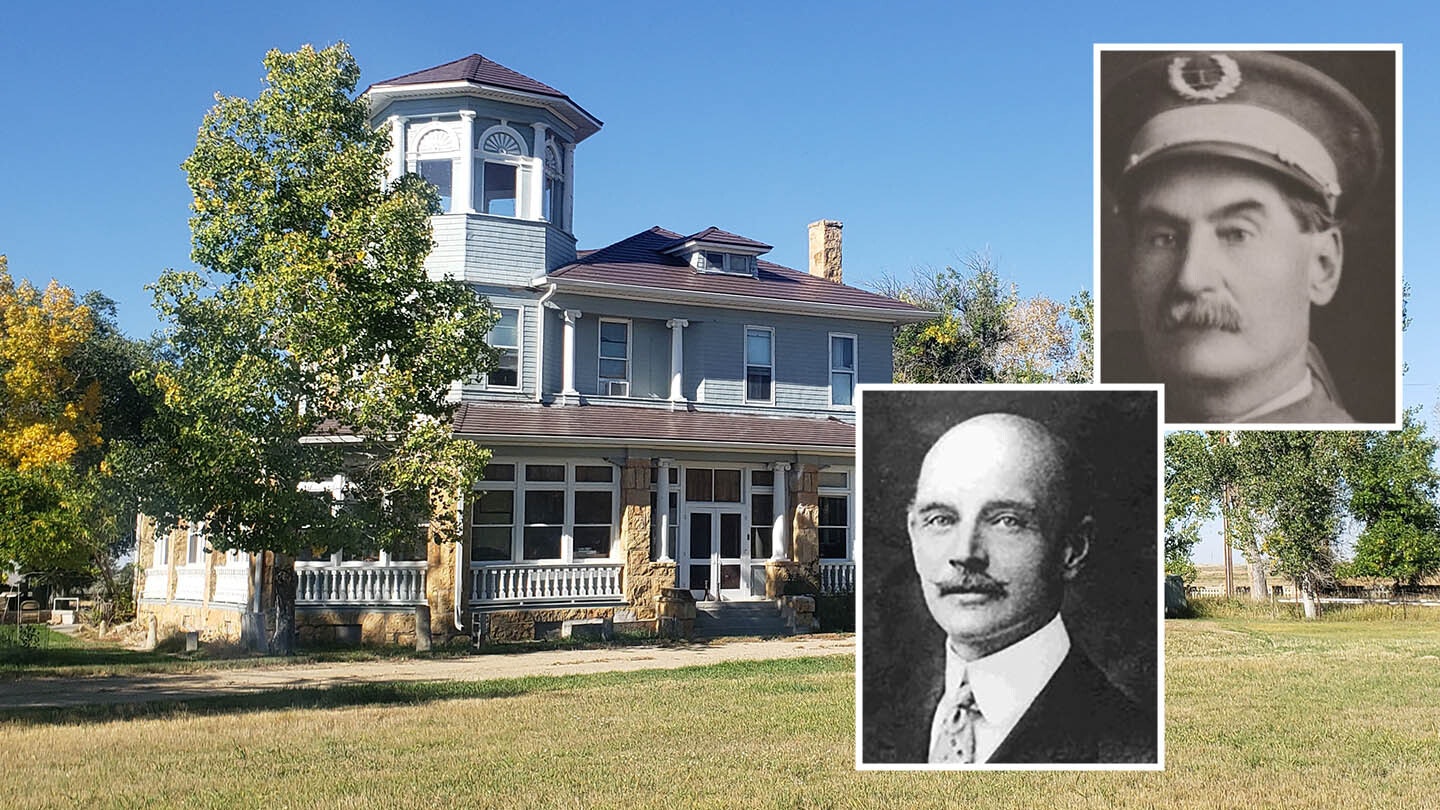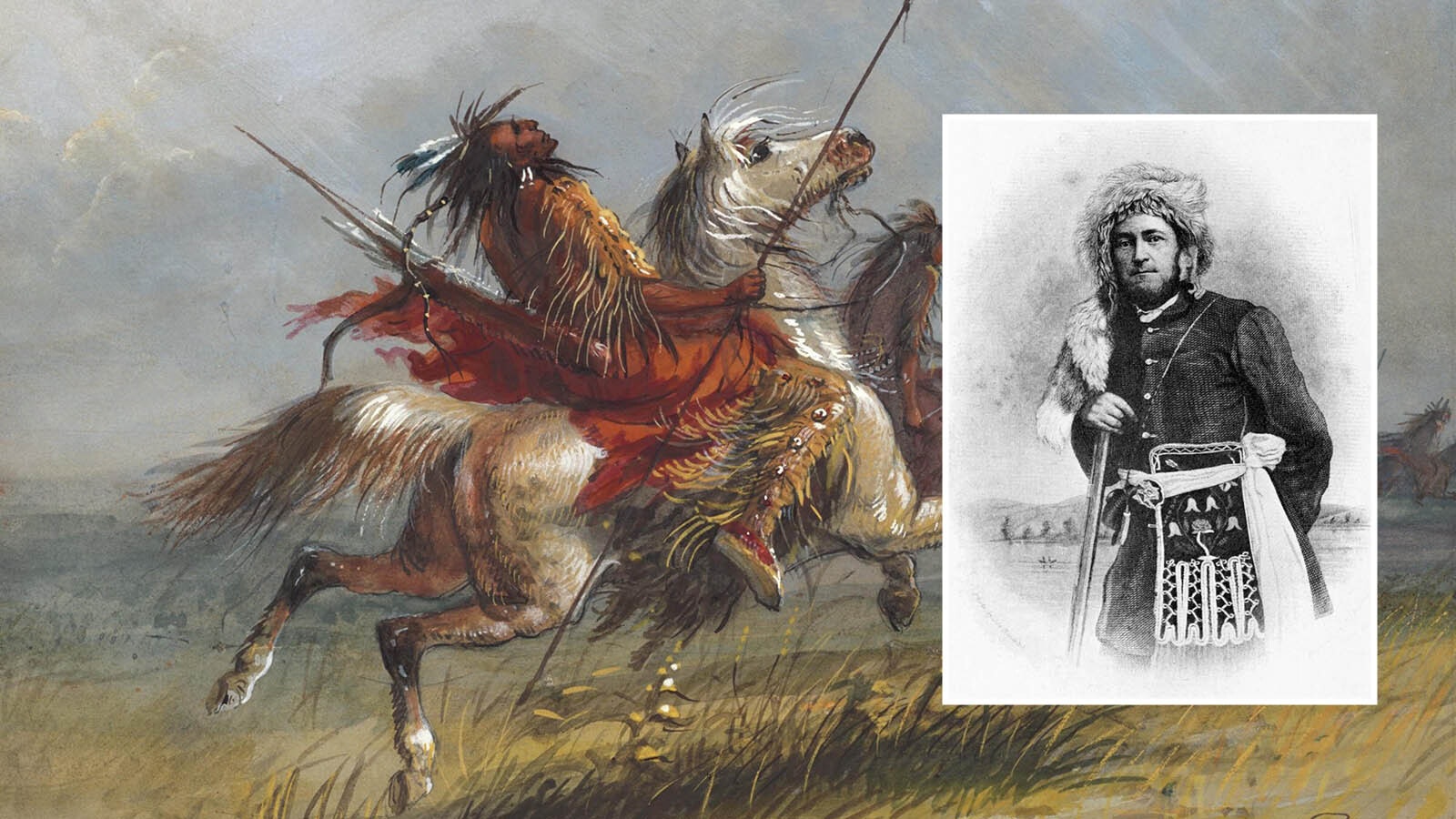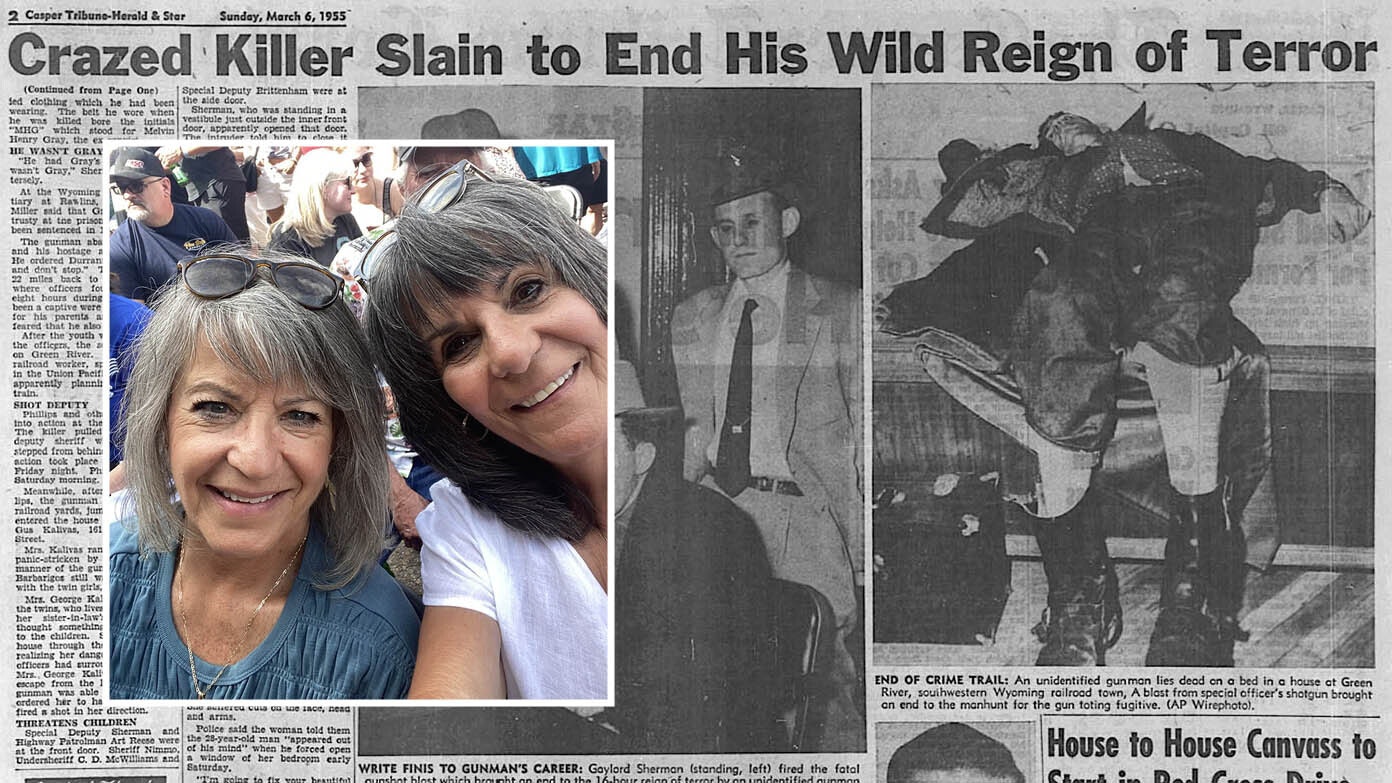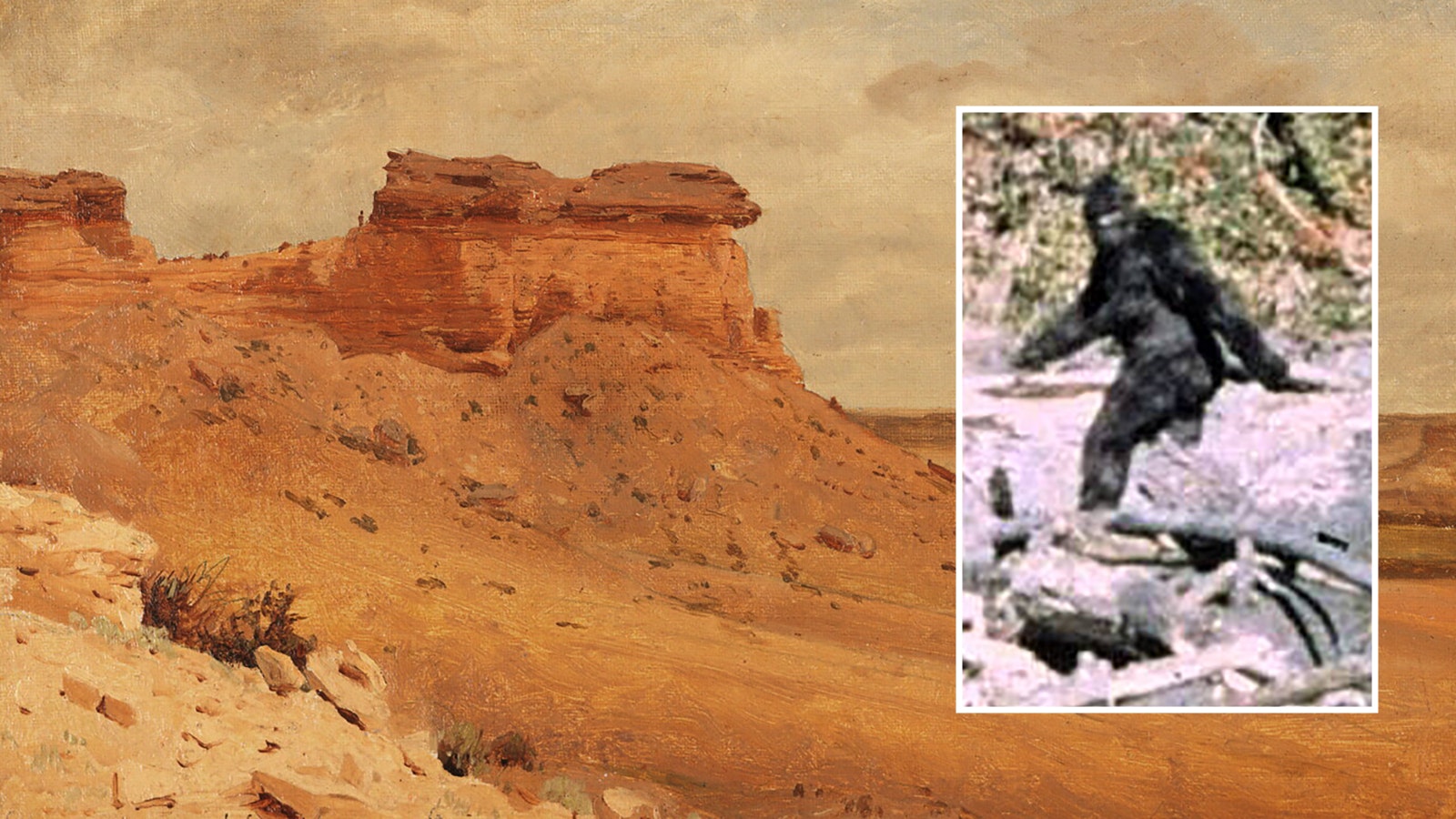Nowadays, thanks to the backing of Elon Musk and his billions, “Tesla” has become a household word. Ask just about anyone, and you’ll likely be told that a “Tesla” is an electric car.
Not so many know why.
The Tesla name was appropriated from the man who invented the world we live in today, where almost every aspect of our lives is powered by electricity. A man who lived in Colorado Springs, Colorado, and demonstrated the feasibility of his invention at a gold mine in the Rocky Mountains above Telluride.
That man was Nikola Tesla.
Born in Serbia on July 10, 1856, Tesla emigrated to America in 1884 and soon went to work for Thomas Edison’s invention factory.
A dispute over compensation led to Tesla leaving the firm. The two inventors soon engaged in what came to be known as the “War of Currents,” a series of battles that would determine whether Edison’s system of direct current would hold sway, or the system Tesla developed, alternating current, would dominate.
Direct current flows only one way through wires at a set voltage. A generating station could barely feed a neighborhood, requiring hundreds, thousands of them to wire a single city.
Alternating current, on the other hand, can flow both directions and the voltage can be powered up or down, allowing transmission over great distances.
Tesla, while every bit the genius Edison was, lacked his competitor’s discipline and business sense, and was somewhat eccentric. Had he not thrown in with George Westinghouse, it is likely Edison would have prevailed and direct current would power the world.
The fighting was bitter, and more than a few dirty tricks were employed. Edison sent a traveling show from town to town to show the dangers of Tesla’s alternating current, shocking to death cats, dogs, horses, cattle, sheep, a circus elephant, and in one demonstration Edison’s people built an electric chair and executed a criminal.
For his part, Tesla would stand on stage with a live wire in each hand, allowing low-voltage alternating current to pass through his body, causing no harm.
But what was needed to demonstrate the feasibility of either system was proof of its effectiveness in the real world. And that brings another man into the story.
Lucien Nunn was a Telluride businessman whose fingers were in many pies, among them ownership of the Gold King Mine, high on the slopes of the Rockies above town.
While productive in terms of producing ore, the mine’s location required hauling it out in small quantities on muleback to reach a processing mill. Nunn needed a mill at the mine site, or the expense of operating the mine could bankrupt him.
He saw the prospect of a power source for a mill in the South Fork of the San Miguel River. But the stream was at the bottom of a gorge nearly three miles from the mine, and two-thousand feet lower in elevation.
Experts told him it couldn’t work, as there was no way to get any hydroelectric power generated by the river to the proposed mill. What the experts did not know is that Nikola Tesla was, at that very moment, living and working in Colorado Springs.
Tesla did not even visit the Gold King site—the inventor stayed in Colorado Springs and worked the whole thing out from some 300 miles away, designing the system and specifying the equipment it would require. Westinghouse again enters our story, providing the necessary generator, motor, alternators, and other equipment for the job.
A six-foot water wheel in the river was wired to a generator in a shack near the stream, which was connected by two strands of cooper wire to the motor at the mill, more than two-and-a-half miles away.
Those two strands of copper wire to carry the alternating current came at a reported cost of about $700. To transmit direct current over the same distance would have cost nearly 100 times more.
On June 19, 1891, the water wheel started turning, generating electricity and pumping it up the power lines to the new Gold King mill. It worked. The “Current War” was all but over, though there would be a few more battles fought.
Tesla’s system of polyphase alternating current, proposed by Westinghouse with Nunn’s expertise and involvement, was selected over Edison’s direct current system to distribute power from proposed generating stations at Niagara Falls.
But it was the World’s Fair in Chicago in 1893 that fired what would be the final shot.
Edison’s General Electric firm offered to provide power and light to the fair through direct current for a million dollars. Westinghouse put in a bid to use Tesla’s system to light the “White City” for half the price.
Alternating current got the nod, and the power plant itself became one of the fair’s most popular exhibits.
Ever since, even today, every time you flip a switch you are accessing an electrical grid distributing power using alternating current proved at a mine in the Rocky Mountains above Telluride, Colorado, invented by an eccentric genius named Tesla—a name that deserves to mean more to us than a word on the rear end of a car.
R. B. Miller can be reached at WriterRodMiller@gmail.com





